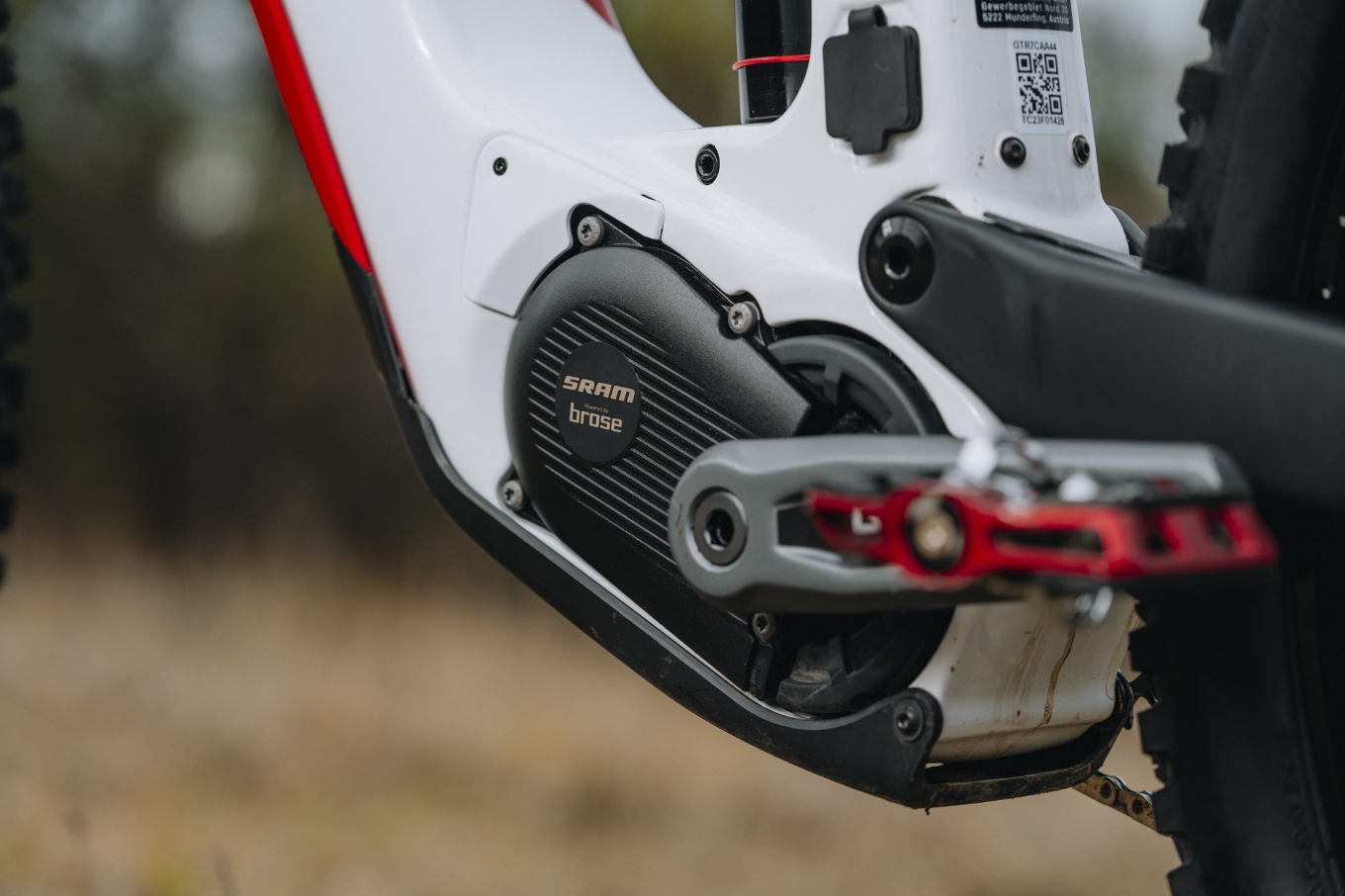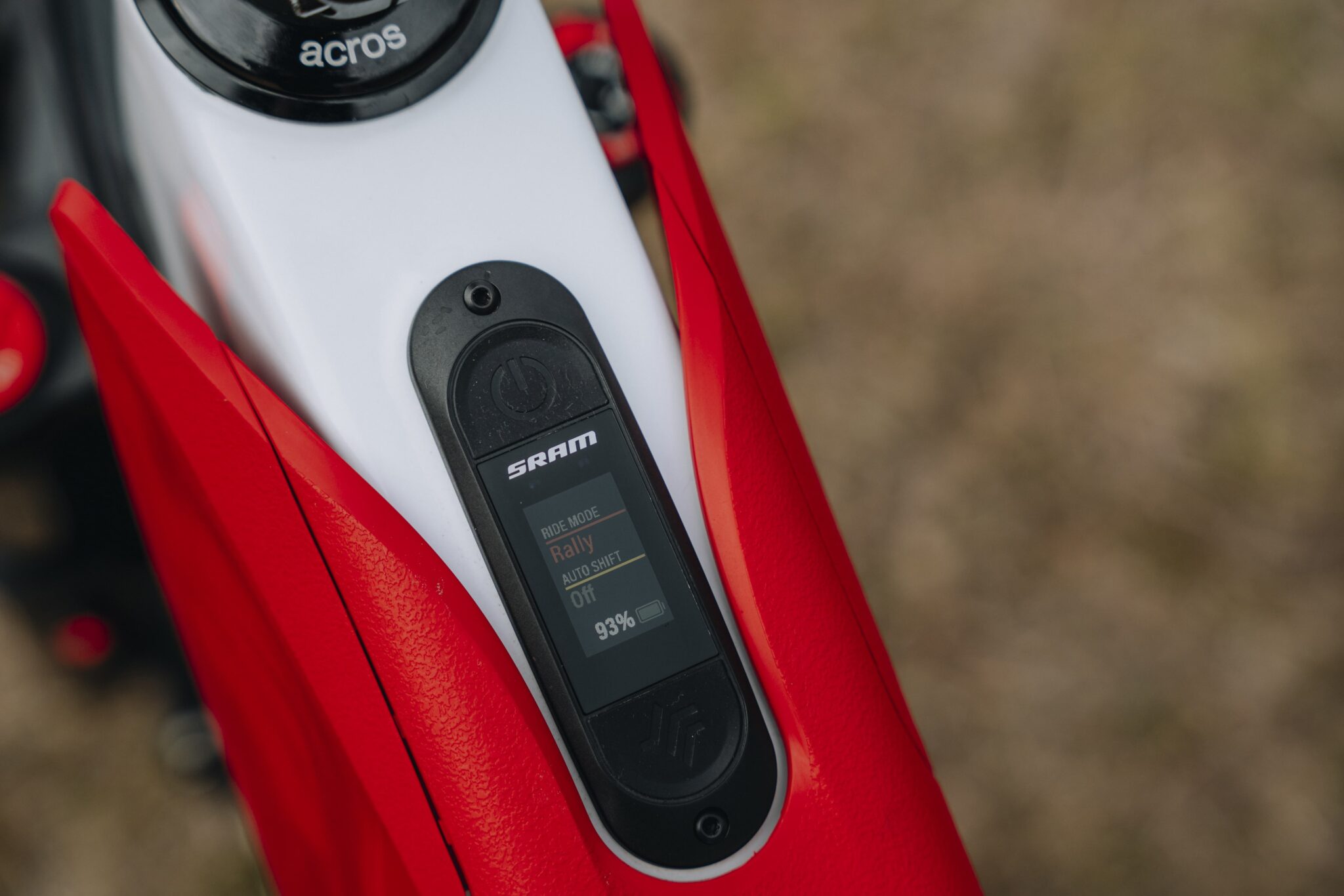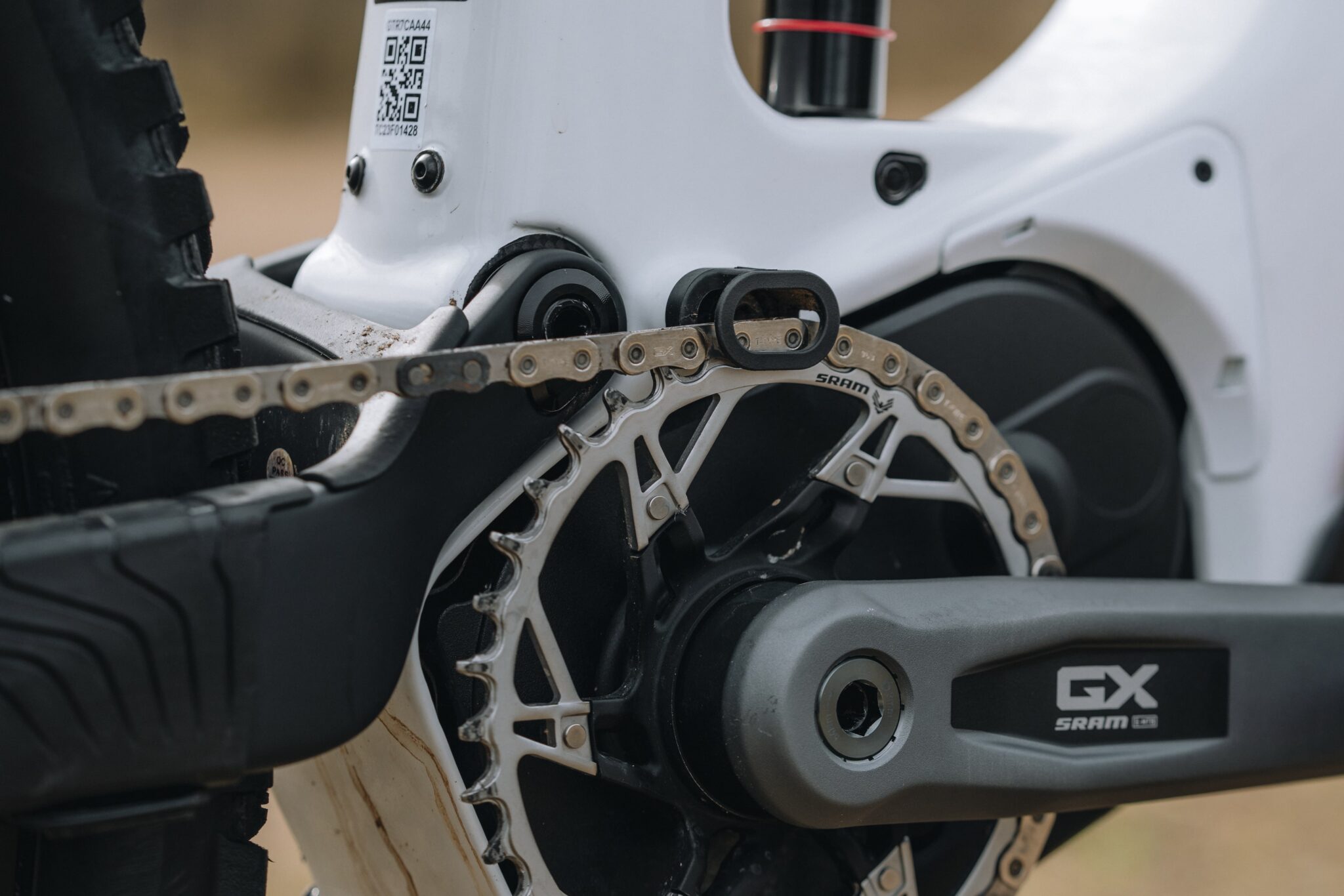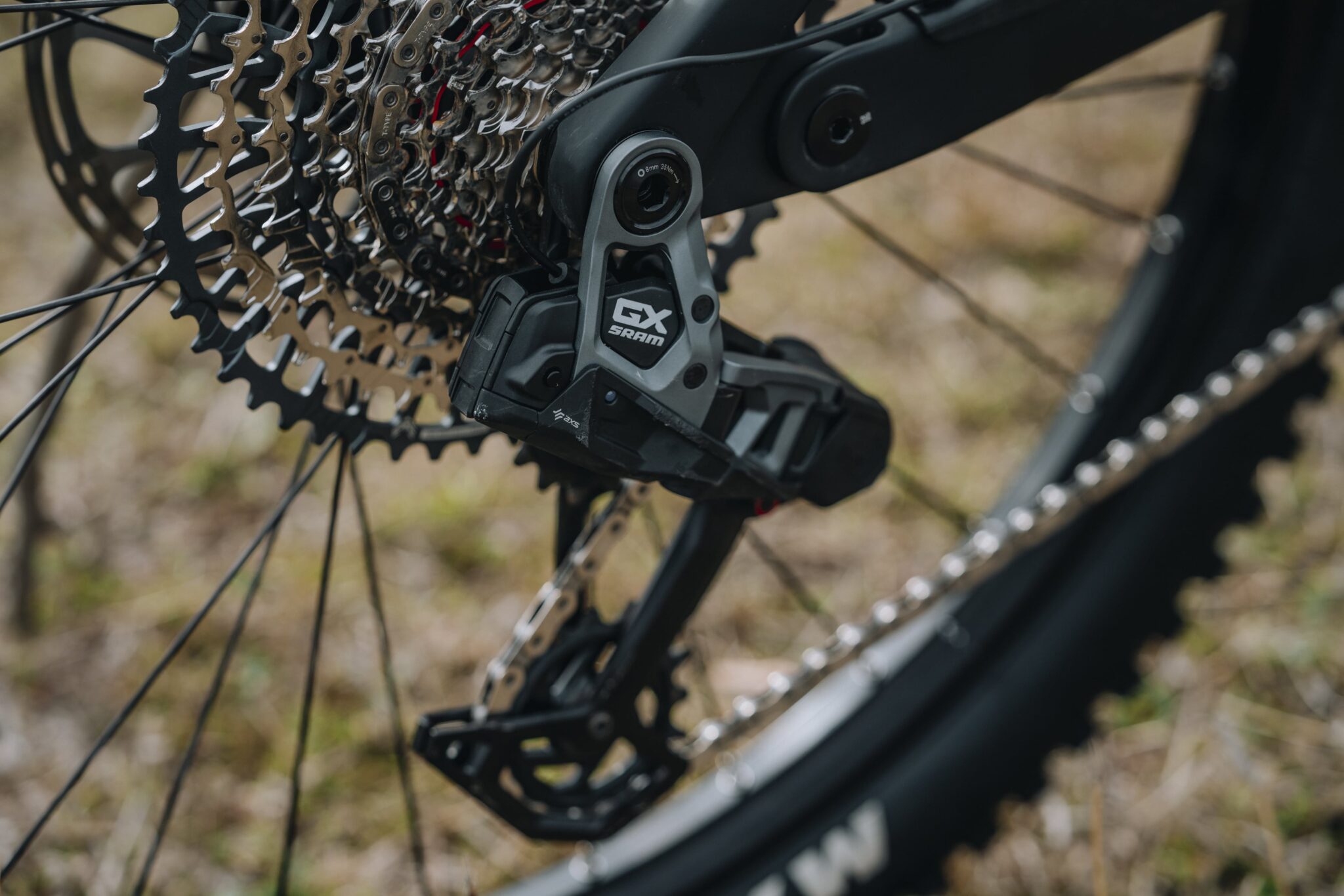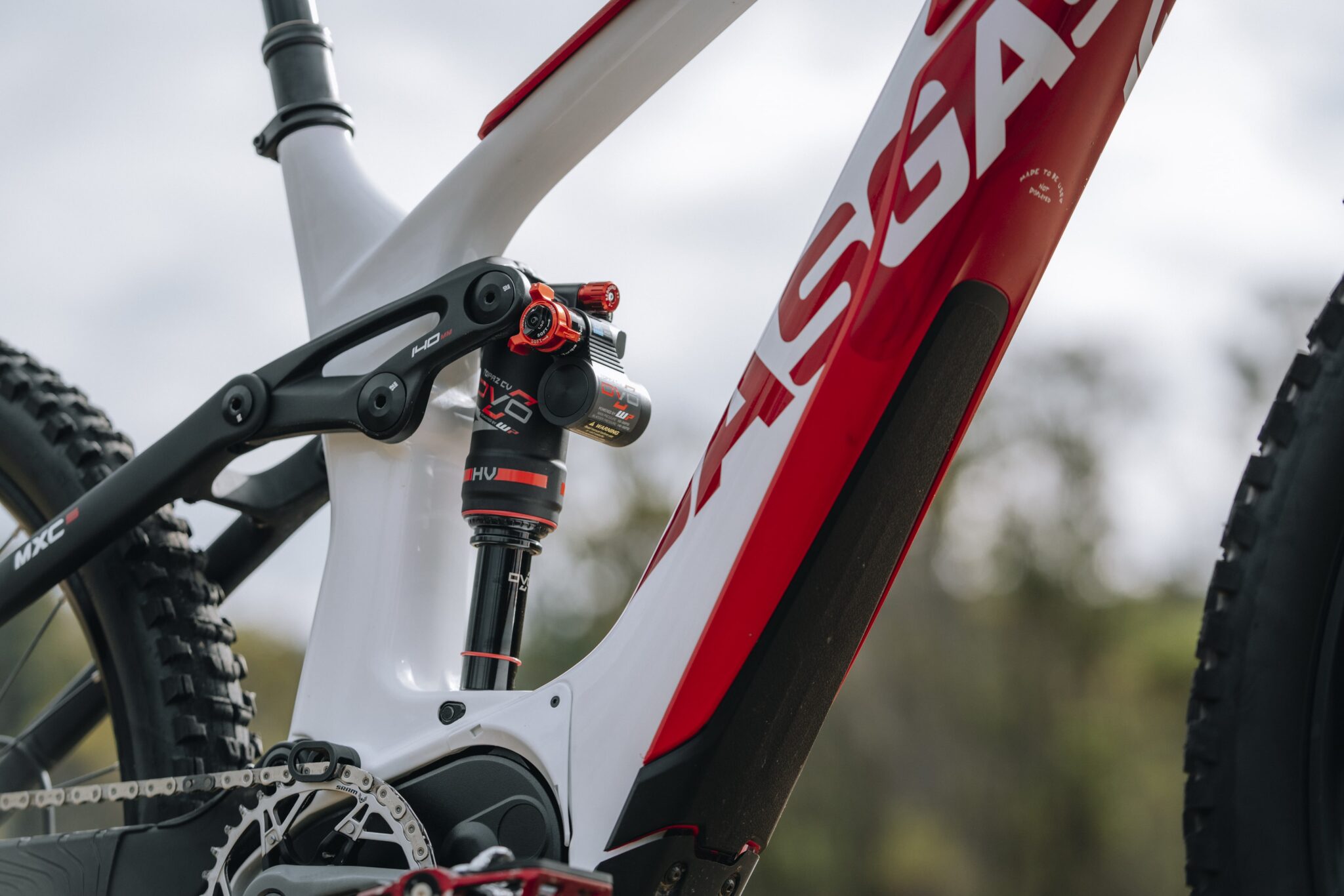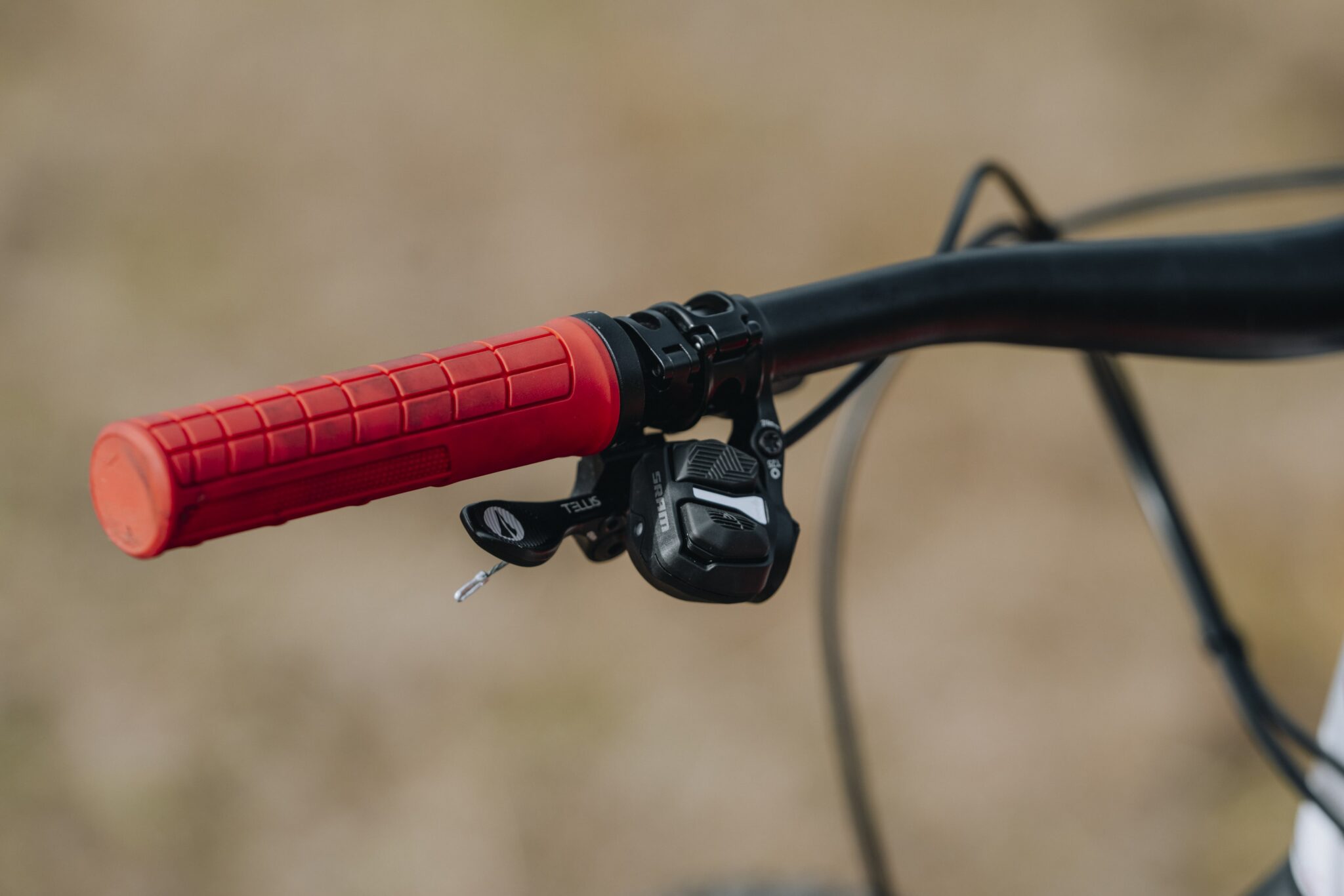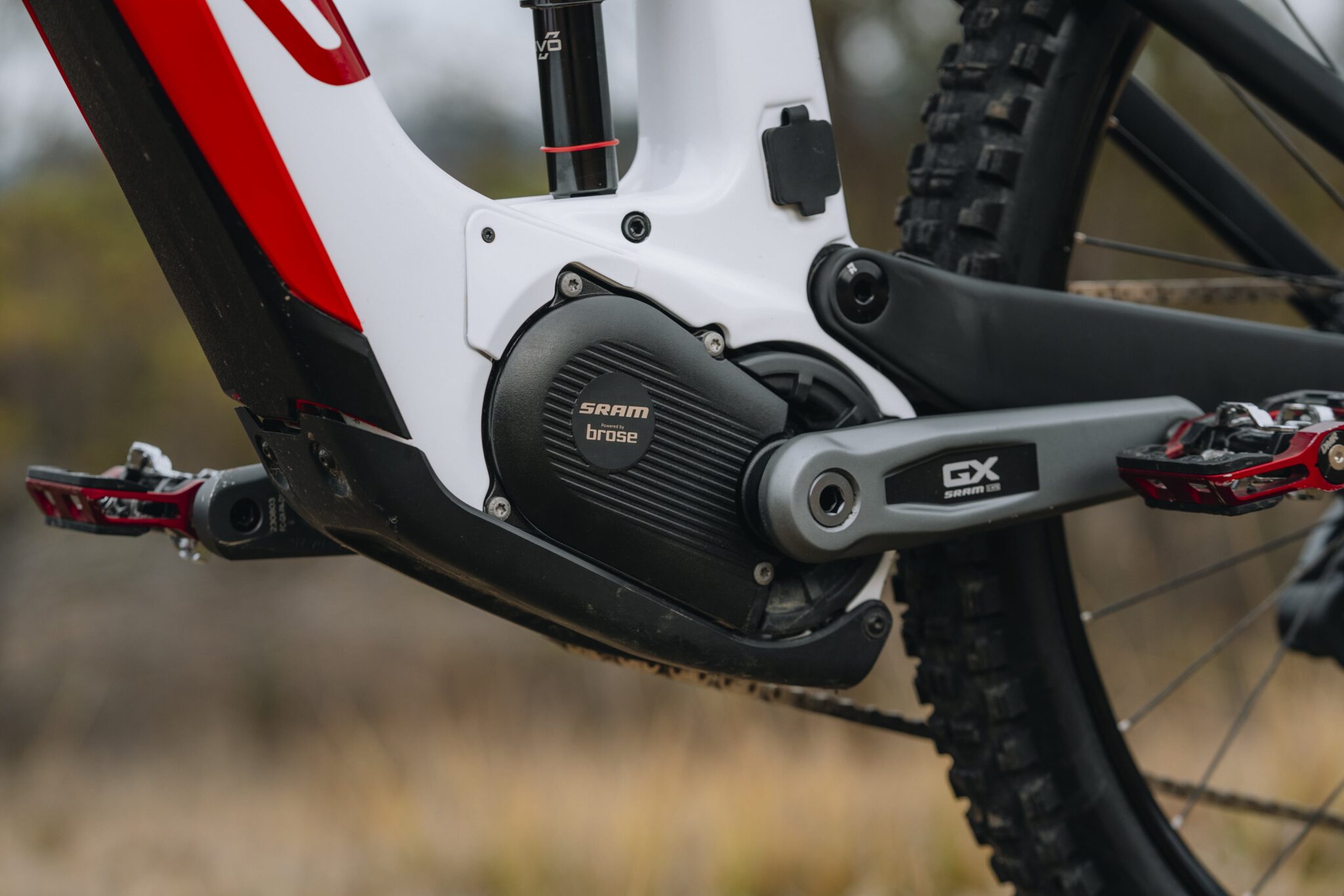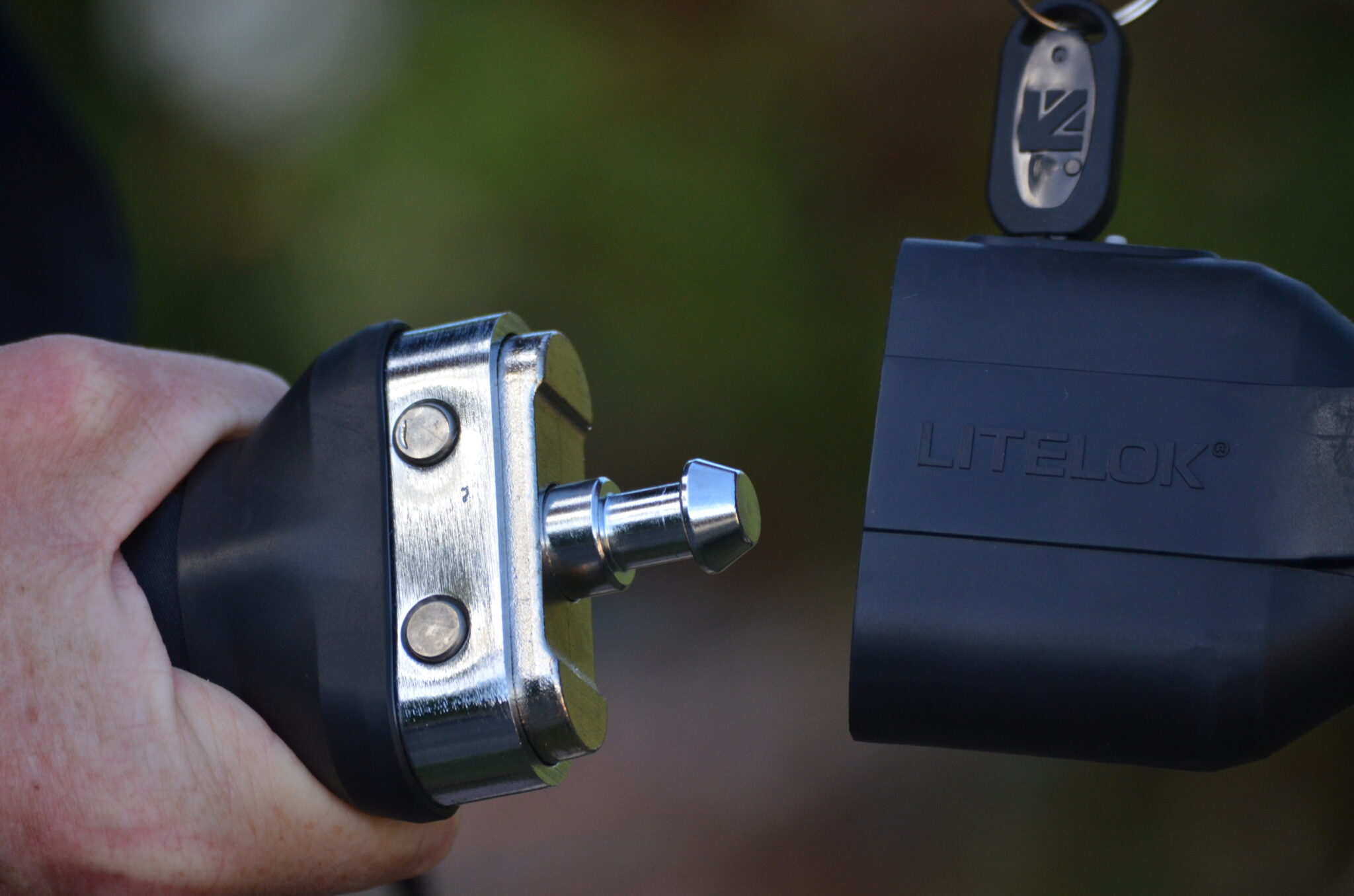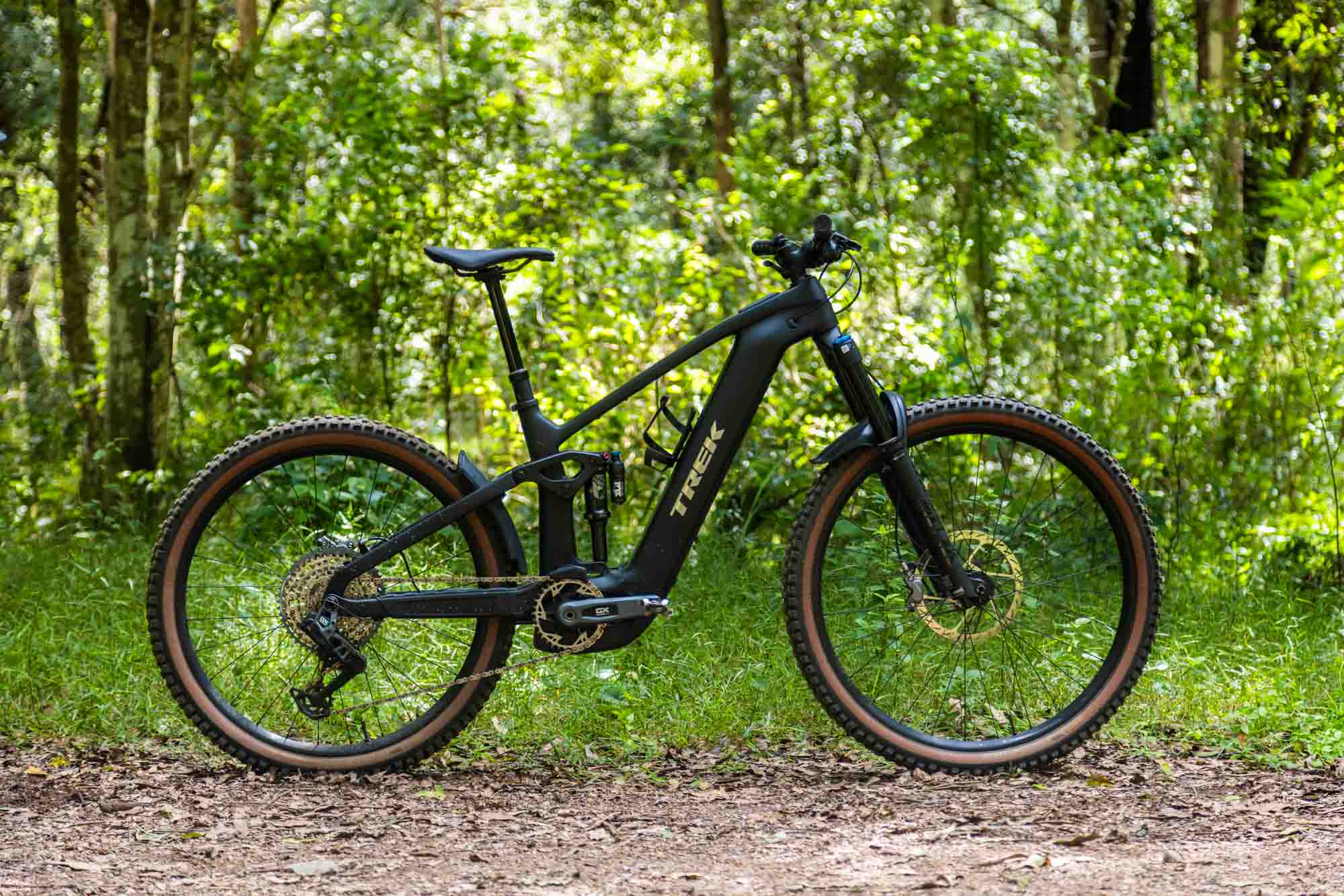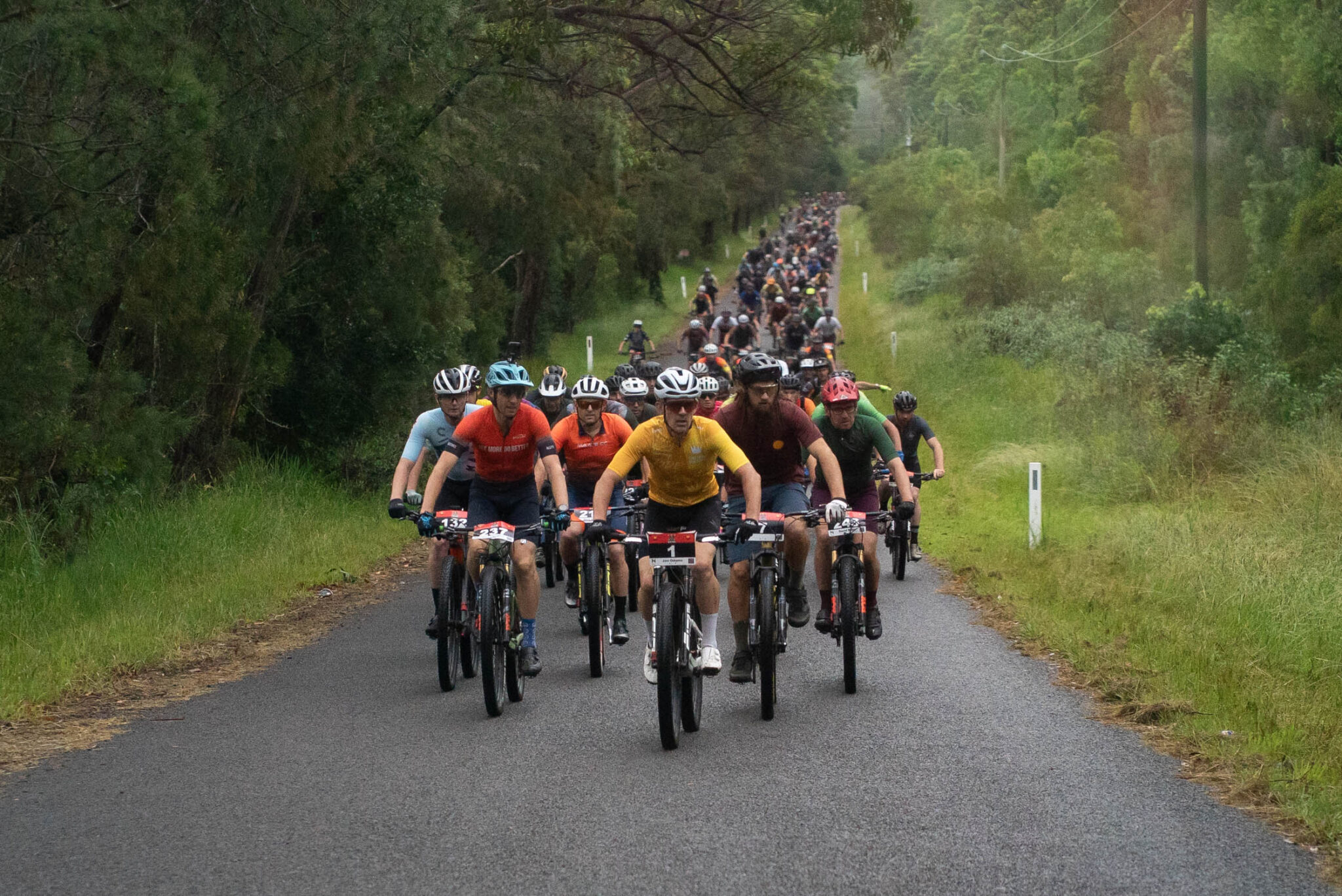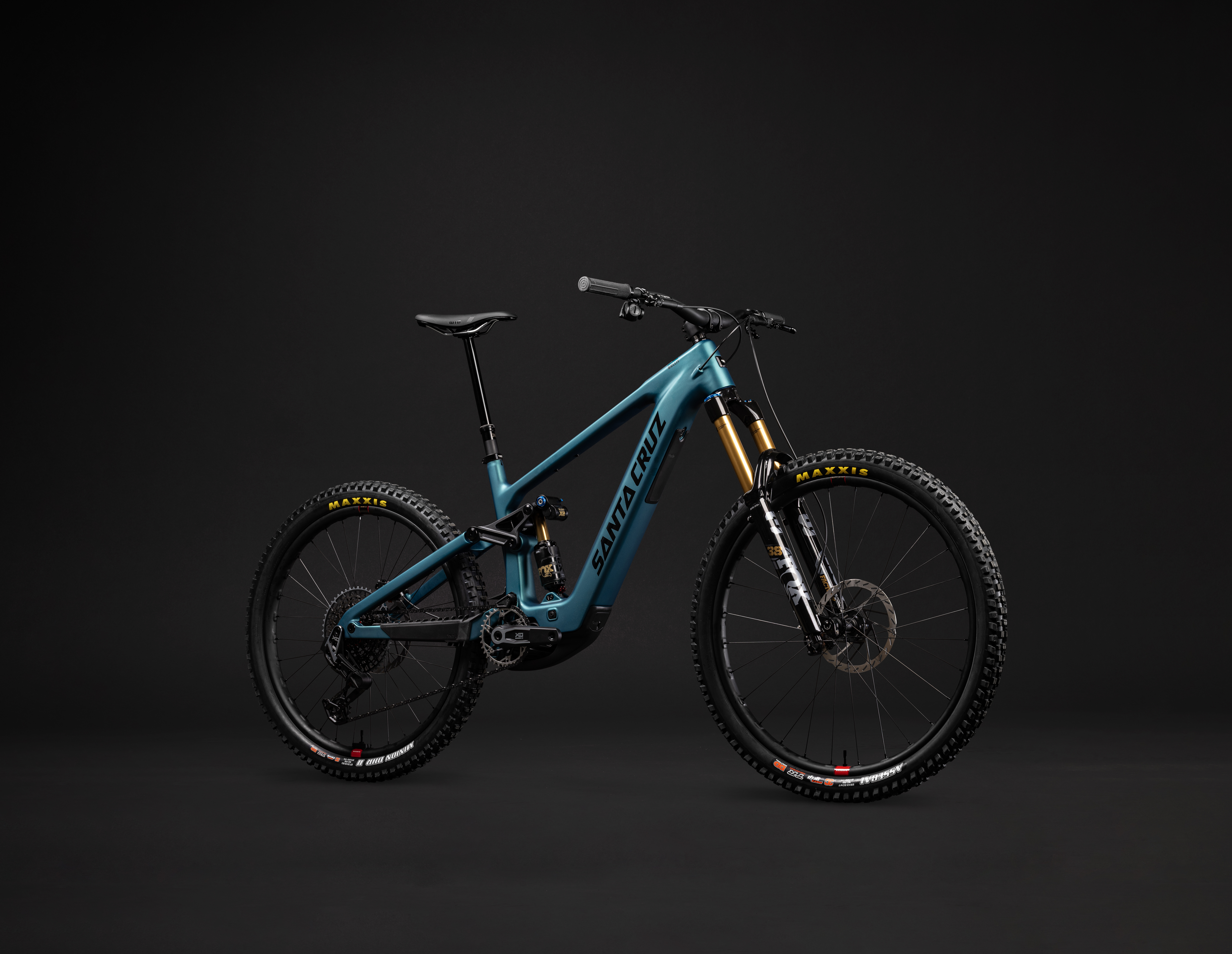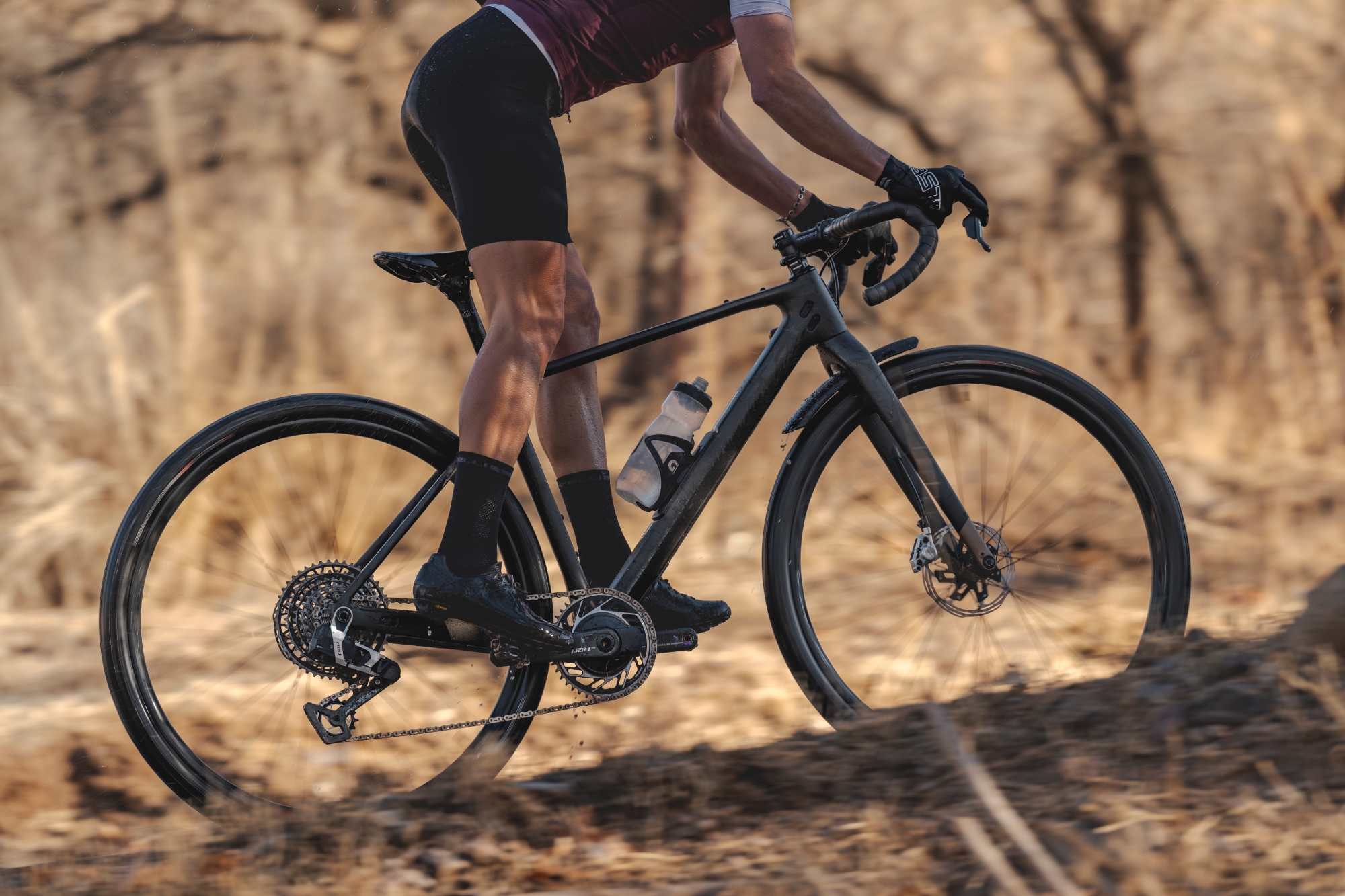SRAM Eagle Powertrain: Features, Specs, and Review for Australian E-MTB Riders
The Eagle has landed at the e-Bike party
Words: Ben Morrison
Photos: Jordan Riddle
SRAM Eagle Powertrain is SRAM’s entry to the world of e-bike motors came late last year, but due to brand and industry availability this is one of the first available in Australia. We were able to spend a chunk of time on the Eagle Powertrain on the new Gas Gas MXC 5, which has been a delight. While the unit does stick out as being quite bulky compared to some the newer offerings in the e-bike market, it does have some very unique features making the Eagle Powertrain stand out in a increasingly busy e-bike motor market.
SRAM Eagle Powertrain makes sense for SRAM: it’s fully integrated with their Transmission drivetrain which marries up it’s power delivery with it’s capacity to shift under load. Based on the Brose’s Drive S Mag motor (which some of you may know from Specialized e-bikes) the unit is very much a SRAM creation in terms of software. Powertrain boasts the same technology as the Brose Drive S Mag with the power transmitted by a belt drive and dual-sprag clutch system, with updates to remove some of the critical issues encountered in Brose’s earlier units. These updates ensure no resistance is felt when pedalling without the motor’s assistance, and you can still pedal relatively easily in the event of an empty battery or once you have moved beyond the maximum speed assistance.
Like the Brose S Mag, the Powertrain drive unit puts out 90 Nm of torque and weighs 2.98 kg. With its peak power of 680 watts, this makes the Powertrain more powerful than the ever-popular Bosch Performance Line CX with its 600 watt max.
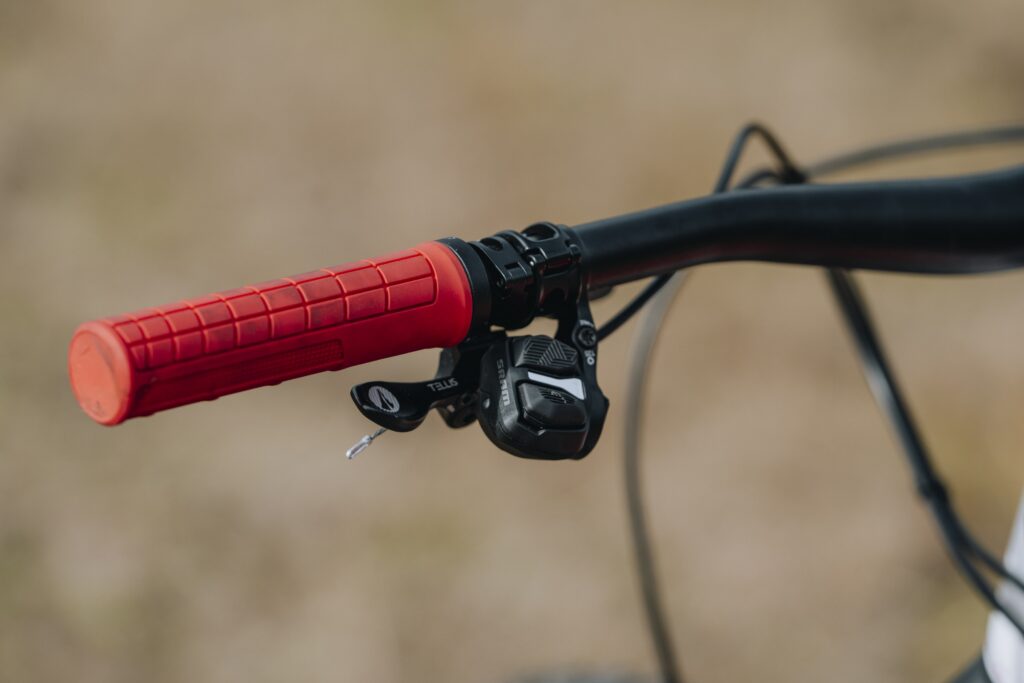
Batteries and Range Extenders for SRAM Eagle Powertrain
There are two different battery options to power the motor; the smaller 630 Wh weighs in at 3.1kg, and access is via the underside of the down tube. There’s a screw under the battery cover that must be loosened before you can take out the battery with safeguarding metal clips that hold the battery in place, preventing it from just dropping out of the frame once you’ve loosened the screw (you will need to give it a little pull to pop it loose and then take it out, bit more of an action of purpose than accident).
The larger 720 Wh version can either slide out of the bottom end of the down tube or be permanently integrated. At 4.1kg, it weighs just under a kilo more than the smaller compact-size version. It’s up to the bike brands and their concepts to decide which battery they choose whether permanently integrated or removable.
For the long-distance riders amongst you, SRAM also offer a 250 Wh range extender that looks and is mounted like a water bottle, using the specific range extend mount. SRAM have designed a bottle cage that clips onto the bracket of the range extender, so you don’t have to remove the bracket every time you want to carry a water bottle instead of the range extender.
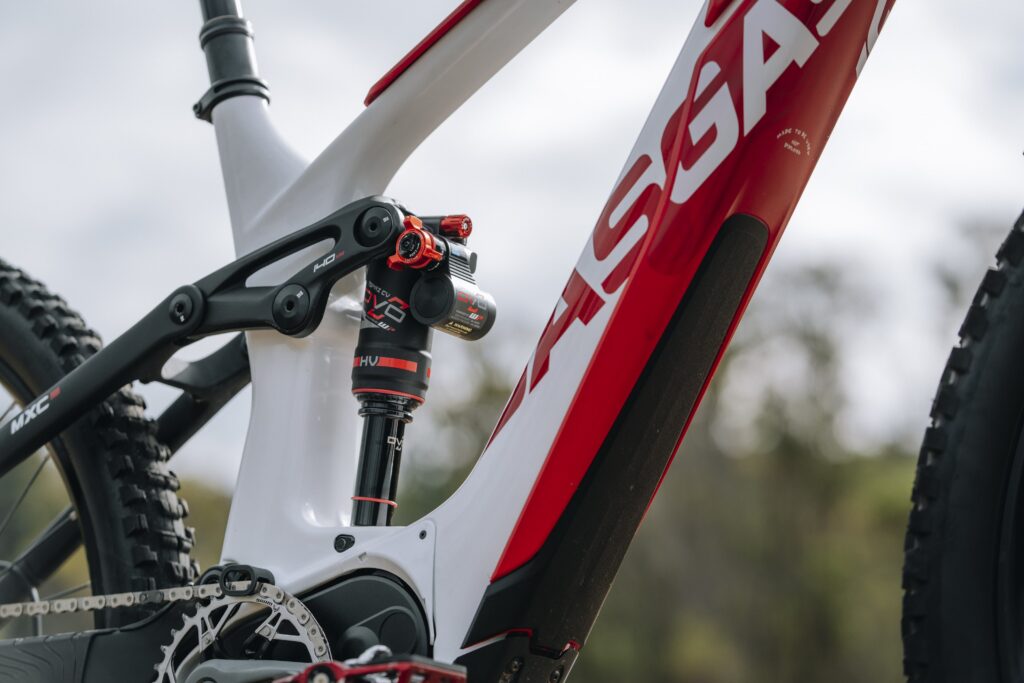
Something to note though before you buy a range extender is that the motor can only tap into range extender when you’ve got it set to the Range support mode, as Rally mode only draws its energy from the main battery to preserve battery integrity. More on the Range and Rally modes below.
Technology, Modes and Apps on SRAM Eagle Powertrain
SRAM developed their own software that should help to mitigate load peaks and further reduce strain on the belt system. With a large investment, experience and brains trust all things bike, the SRAM software (helping with the above drive issues) leverages their experience with batteries, electronic controls, and app integration; all of which have been developed for the Powertrain from the ground up.
READ: Inside the Bosch Flow App
The two drive modes are Range and Rally. SRAM’s idea is that riders focus on one of two things: maximising range for long adventures, or having a more powerful, high-speed ride. These two options came about during testing and from feedback given by their ‘Black Box’ riders, where they were mostly using an eco-style mode or full power mode and not really using an in between setting. Personally, I tend to agree…but I may be from a small group who is on board with two modes. Perhaps this is because I have spent quite some time on the Powertrain system.
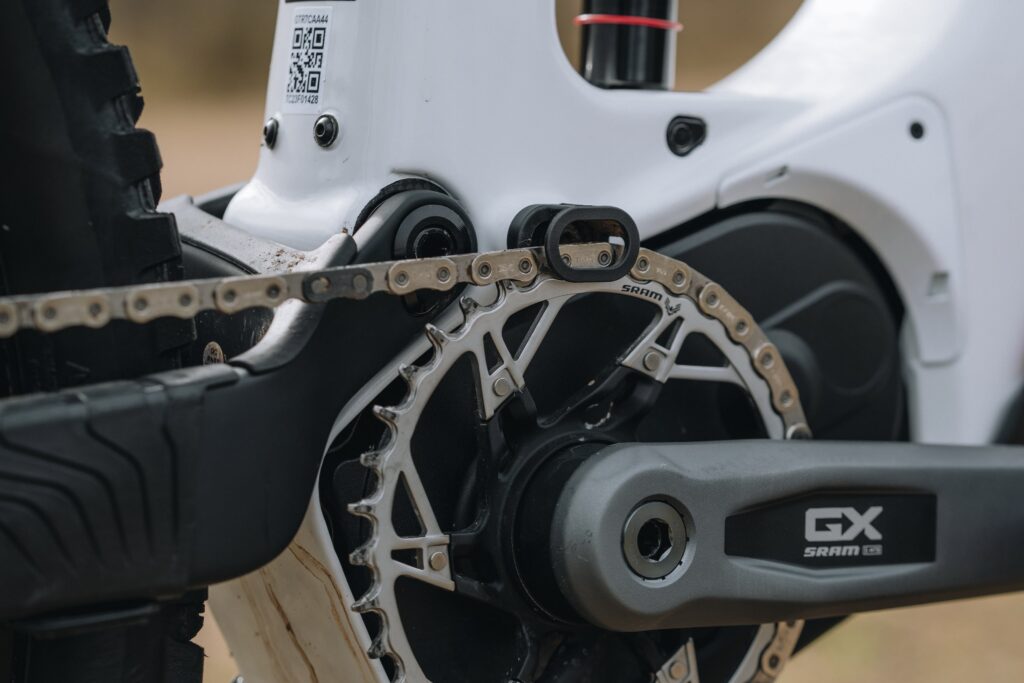
While there are only two modes compared to the seemingly endless options of other motors, SRAM allow you to tune these modes around power and assistance to the rider. Simply find the unit on the SRAM app, head to Eagle Powertrain, and then into Ride Mode tuning. From here, you can configure maximum motor support, assistance and adjust the level of assistance for each mode. You can also assess battery life of all SRAM components and set desired preferences for controls.
On the trail, you can shuttle between modes using a pod shifter or the integrated top-tube display. What you choose here may also depend on your Reverb AXS dropper and how much you end up relying on SRAM’s automatic shifting feature…
Automatic shifting and coast shift
Both SRAM and Shimano released their automatic shifting in 2023 in order to optimise e-bike drivetrain function. SRAM states that auto-shift allows the rider to concentrate fully on the trail without having to worry about shifting gears. You can actually remove your shifter altogether: a wild concept.
As a digitally controlled system, SRAM will continuously be providing software updates along with the evolution of SRAM Transmission, meaning that auto-shift is constantly evolving and improving and users aren’t going to be left behind.
SRAM say the average rider performs around 200 gear shifts per hour, but SRAM auto-shift currently performs around 700 gear shifts per hour depending on the terrain, to ensure optimal cadence and efficiency. However, it can’t shift while stationary since the motor can only turn the chainring if the rear wheel is also turning, allowing the cassette to turn. In the default setting, the algorithm assumes 85 RPM to be the ideal cadence and selects the gear accordingly.
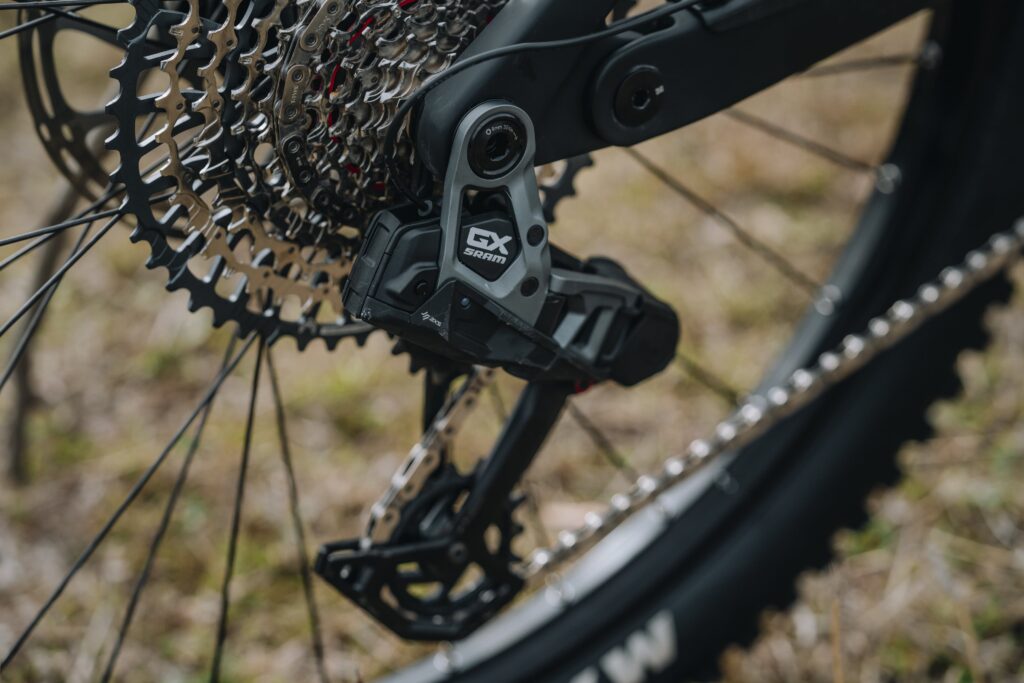
Something you may notice on Powertrain bikes is that the derailleur isn’t always powered by a separate AXS battery, instead its plugged directly into the main battery. This does mean that you can only shift gears when the system is switched on, which could be is annoying when working on your bike, if you want no assistance or you’re completely flat of battery.
READ: GASGAS MXC 5 E-Bike Review
You can use the pods to move the desired cadence up or down in three steps while riding. However, you can always shift manually, even when you’ve got auto-shift activated (unless you’re riding without shifter pods or have them calibrated to a different function). Doing so overrides the algorithm and deactivates it for about 5 seconds. I think if you find yourself doing this auto-shift may not be for you. It is not for me, just yet.
The coast-shift function is one of the best features and is very Honda-esque of early 2000’s downhill racing. Allowing you shifting without having to pedal is always available, even if the auto-shift function is deactivated and its brilliant. There isn’t much to add to this other than it does exactly as it says, works great and I want it on my analogue bike. Knowing you can be in the right gear coming through a section into a climb or as a trail opens up and not needing to pedal is a novelty that doesn’t wear off.
Further Integration: Hammerhead
Those of you out there wanting additional information or data and are lucky enough to own a new generation Hammerhead Karoo head unit you can use ANT+ LEV E-Bike support on a Hammerhead to get a range of handy and cool data fields related to your Powertrain. A useful tile for those looking to ride on Rally mode most of the time is rider vs motor power; it is a good judge of how you are physically burning up your energy and building fatigue in your legs.
READ: Hammerhead Karoo 2
Being able to keep less fatigue in your legs when pushing around an e-bike should lead to being less tired and help you ride more trails faster and have more fun. If your legs are gone the descending will not be as fun or fast, and becomes more difficult if you have tight technical sections when you’re muscling a 20kg bike around. If you are that way inclined, you can also use this to see how much more efficient the Clips vs Flats debate is and if its fast or fun you want.
Final Thoughts on SRAM Eagle Powertrain
For me, a system like the SRAM Eagle Powertrain makes a lot of sense especially as a current SRAM Transmission user. The way it all works together with other AXS ecosystem components is brilliant, insanely adjustable (still usable) and hard to fault. The downside to all the awesomeness is you need Transmission to get the full benefits of Powertrain, but it has set a bit of a benchmark for me on how I would want a race drive system setup: plus the coast shift is just the best thing ever and you can’t change my mind.

